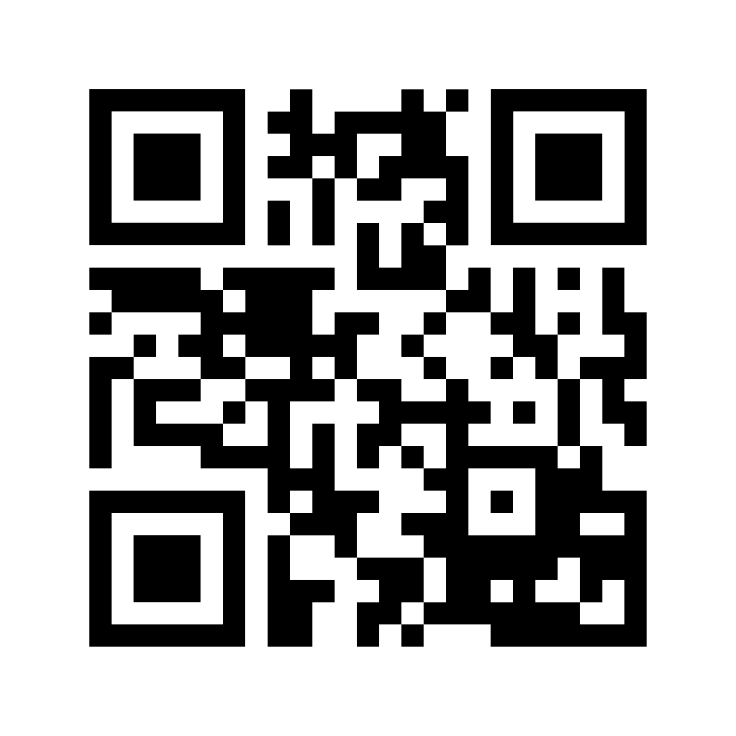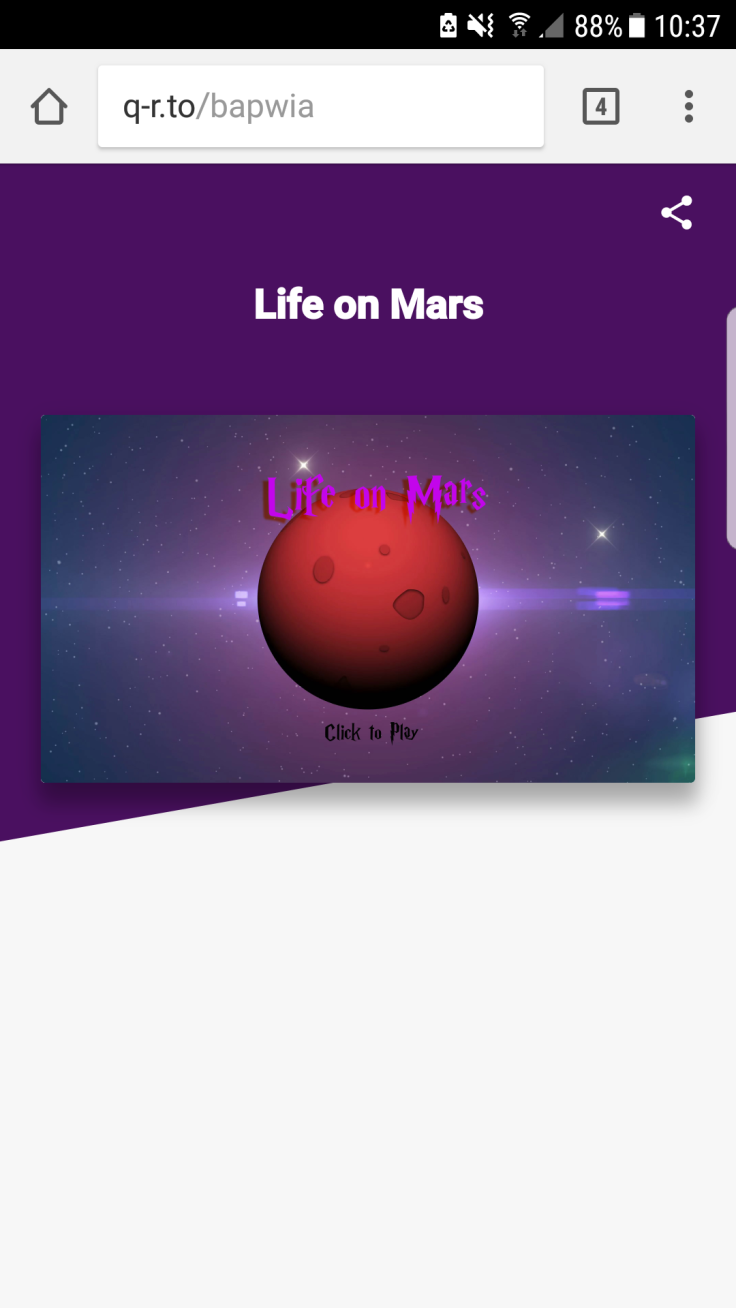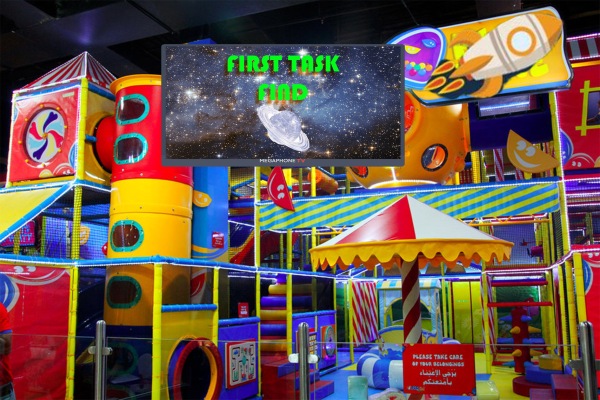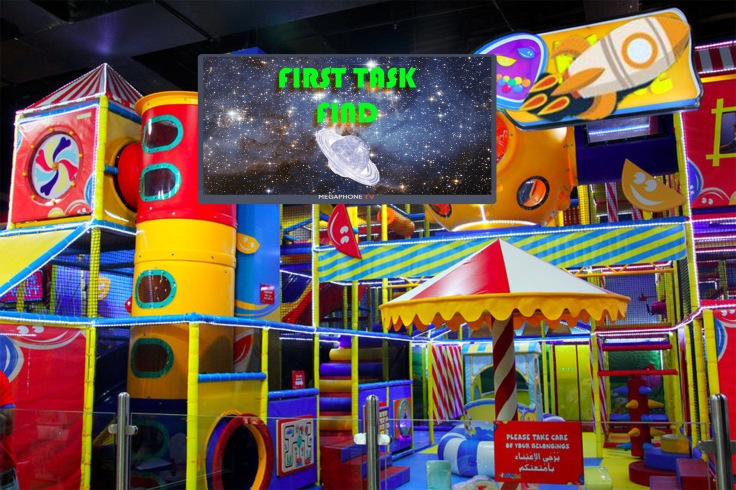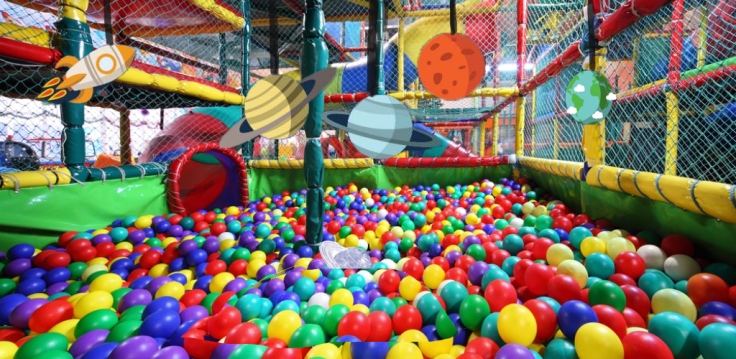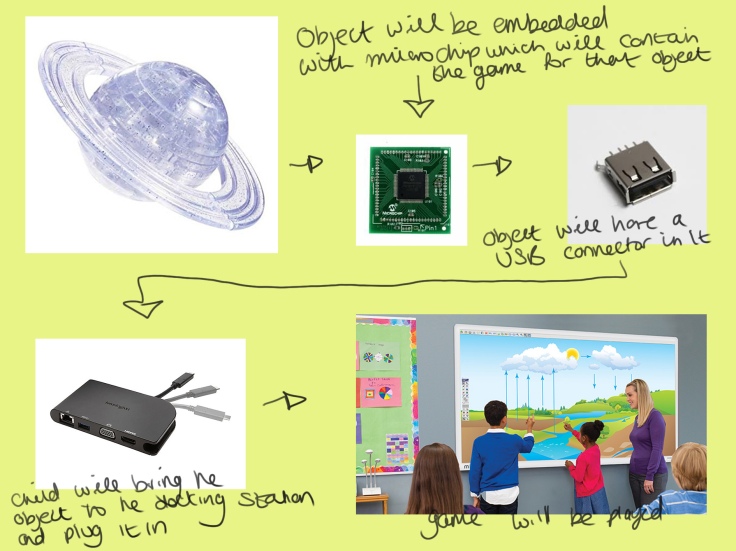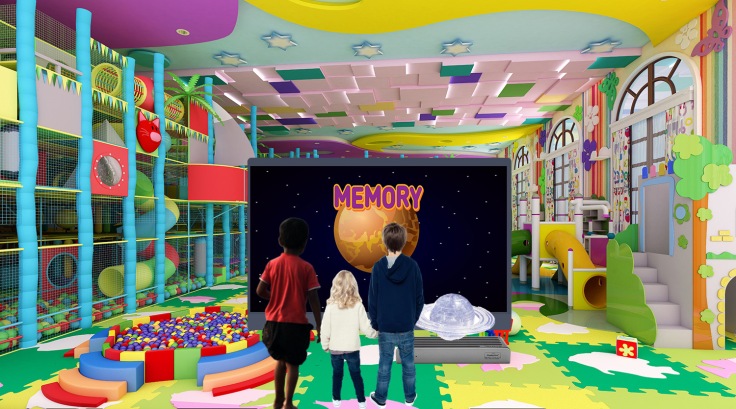Aims
The aims of social, environmental and scientific education are:
- to enable the child to acquire knowledge, skills and attitudes so as to develop an informed and critical understanding of social, environmental and scientific issues
- to reinforce and stimulate curiosity and imagination about local and wider environments
- to enable the child to play a responsible role as an individual, as a family member and as a member of local, regional, national, European and global communities
- to foster an understanding of, and concern for, the total interdependence of all humans, all living things and the Earth on which they live
- to foster a sense of responsibility for the long-term care of the environment and a commitment to promote the sustainable use of the Earth’s resources through personal life-style and participation in collective environmental decision-making
- to cultivate humane and responsible attitudes and an appreciation of the world in accordance with beliefs and values.
Science Curriculum
Science encompasses knowledge and understanding of the biological and physical aspects of the world and the processes through which such knowledge and understanding are developed. Through science education, children construct, modify and develop a broad range of scientific concepts and ideas. Working scientifically involves them in observation, questioning, discussion, prediction, analysis, exploration, investigation, and experimentation, while the knowledge and skills they acquire may be applied in designing and making tasks. Thus, science education equips children to live in a world that is increasingly scientifically and technologically oriented. Science education fosters a respect for the evidence of scientific enquiry, while the collaborative nature of its activities can also help children to acquire social and co-operative skills.
Investigations and problem-solving tasks nurture the inventive and creative capacities of children. Science education plays a key role in promoting a sensitivity to, and a personal sense of responsibility for, local and wider environments. It helps to develop an appreciation of the interdependence of all living things and the Earth on which they live. It encourages the adoption of responsible attitudes and patterns of behaviour towards the environment and so fosters the concept of people as custodians of the Earth for future generations.
The science curriculum
Primary science involves helping children develop basic scientific ideas and understanding, which will enable them to explore and investigate their world. In well-planned, practical investigations children’s natural curiosity is channeled and they are equipped with the strategies and processes to develop scientific ideas and concepts. The teaching of science in the primary curriculum involves the development of two types of understanding: conceptual understanding and procedural understanding. Children’s conceptual understanding is concerned with the development of scientific knowledge and with their deepening understanding of fundamental scientific ideas. The four strands of the science programme are Living things, Materials, Energy and forces, and Environmental awareness and care. These outline the knowledge and understanding that children acquire and describe the scientific ideas that they will encounter. Knowledge of the scientific process is sometimes referred to as procedural understanding. The section of the science curriculum entitled ‘Working Science scientifically’ outlines how children may engage in scientific enquiry. It is a procedural model of how scientists work and includes statements of the various component skills that contribute to this methodology. Children’s conceptual understanding and their procedural understanding are not developed independently: pupils’ understanding and application of the scientific process enable them to construct and refine their own framework of fundamental ideas and concepts in science.
Learning in science
The development of children’s ideas is central to science education. Young children come to science activities with ideas that they have formed from previous experiences. They use these ideas to make sense of the things that happen around them. These ideas tend to be limited to concrete, observable features and may be inconsistent with the formal theories of conventional science. The focus of science education will be on helping children to modify their ideas and to develop more scientific understandings. As well as planning science lessons on the basis of knowledge, skills and understanding, it is essential to consider the children’s ideas as the starting points for science activities and education. To change these alternative ideas or misconceptions it is necessary for pupils to become consciously aware of their ideas and then to have these ideas challenged and debated. Meaningful learning occurs when the pupils construct their understanding by modifying their existing ideas in the light of new insights gained from scientific investigations. Thus, science may be seen as the active process of the personal construction of meaning and understanding.

